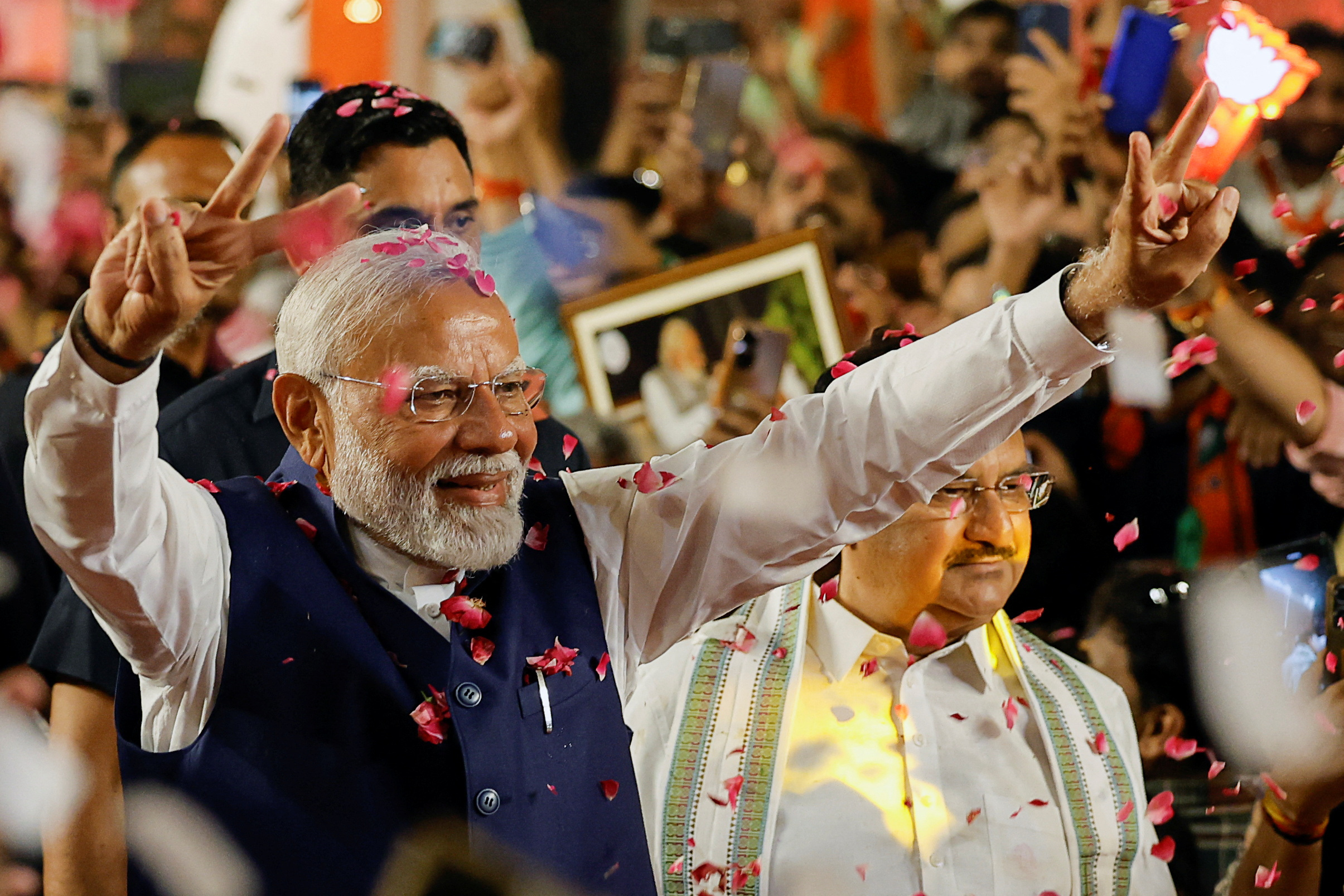Belgium operates as a federal parliamentary democracy and holds elections to determine its political representatives. Here is some information about the election system in Belgium:
- Federal Elections: Belgium’s federal government consists of two chambers: the Chamber of Representatives (lower house) and the Senate (upper house). However, since 2014, the Senate has transformed into a regional chamber representing the federal entities of Belgium. Federal elections are held every five years, and voters directly elect members of the Chamber of Representatives.
- Electoral System: Belgium uses a proportional representation system for federal elections. The country is divided into electoral districts, each of which has a certain number of seats in the Chamber of Representatives based on its population. Political parties present lists of candidates in each district, and voters vote for a party rather than individual candidates. Seats in the Chamber of Representatives are allocated to parties based on the proportion of votes they receive.
- Regional Elections: Belgium has three regional governments: the Flemish Government, the Walloon Government, and the Brussels-Capital Government. Each region has its own parliament and government, and elections are held separately for each region. The regional parliaments have powers over specific areas such as education, healthcare, and transportation within their respective regions.
- Voter Eligibility: Belgian citizens who are at least 18 years old have the right to vote in federal and regional elections. Voter registration is automatic for Belgian citizens, and eligible voters receive a notification of their polling station before the elections.
- Election Results: The political parties that receive the highest number of votes in the federal and regional elections form coalitions to create governments. The leader of the winning party or coalition typically becomes the Prime Minister at the federal level or the Minister-President at the regional level.



